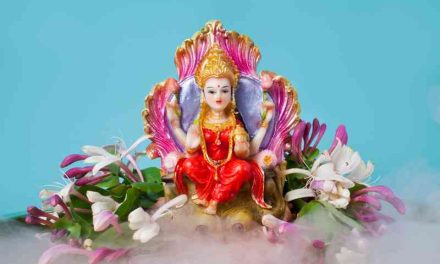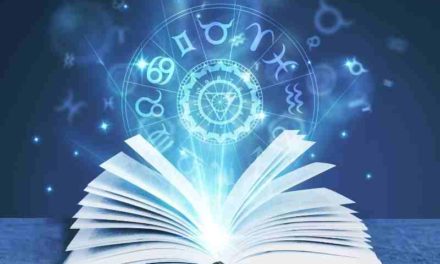The Vedas are not works of literature that should be “believed in.” They are to be read and comprehended in their entirety. Integration of the Age of Vedic In the backdrop of the religious and cultural milieu in India and Nepal, we are now seeing the emergence of a very peculiar scenario.
According to academic history, the systematic culture of man in India is only around 10,000 years old, however conceptualist history claims that human culture in India stretches back to an established million years (Satyyuga, Tretayuga, Dwaparayuga, Kaliyuga). According to educational history, the Vedic civilization originated in India around 3,500 years ago.
Vedic hymns
We would want to call everyone’s attention to one particular point, which is the fact that the ‘Veda’ is the source of the Vedic tradition, the ‘Vedic hymns’ are the source of the “Vedic tradition,’ and the ‘Sanskrit language” is the source of the Vedic tradition. That is to say, the Sanskrit language is the root of the integrative civilization that dates back to the Vedic 20th century.
Because it is impossible to compose Vedic songs without knowing Sanskrit, and it is equally difficult to compose a Veda text without having first composed Vedic hymns. Then you are obligated to explain why Sanskrit and Veda did not develop at the same time.
When and how did the hymns of the Vedas come to be written without the use of Sanskrit? If the hymns are composed, then there will be proof of it; on the other hand, is this something that is only a fiction of one’s imagination?
Varna
If there is any evidence or proof that this Veda is true, it should be presented immediately. Second, if “Varna” is the origin of the Vedas, then the social structure that existed at the time of the Vedas must have been varnaga as well, right? Therefore, each and every one of you are required to provide proof of the “Varnagat” civilization that existed during that period.
The inscription of which Indian ruler is considered to be the first piece of written proof of the Brahmins, Kshatriyas, Vaishyas, and Shudras in India? Also, inform me. Because in all of the records of the emperors that have been read up to this point, every emperor has either written or written by tying himself alone with the lineage. However, why has no one written by attaching himself to any caste or varna?
According to the Vedas and the time period known as the Vedic, the society was said to have been varnaga, and neither Brahmins nor Kshatriyas could hold the position of monarch. while comparable writing has not been found in India in the archives of any emperor who ruled before the year 850 AD.
Should we all take that as proof in the present day if the parrot, who is responsible for the decay of the Vedic caste system, says anything or if someone writes it someplace in 200 years for the parrot’s own benefit?
Third, according to the Vedas and Vedic tradition, there is a provision for the worship of deities. This provision states that the idols or temples of the gods mentioned in the Vedas must have been established from the Vedic period to the present day. If this is the case, then the meeting of those temples or idols is also the so-called Vedic period (Satyyuga, Dwaparayuga, Tretayuga, and Kaliyuga), which is also authentic.
The Vedic ages
The Paleolithic period (before 8000 BC), the Neolithic period (8000 to 3000 BC), the early and developed Indus period (3000 BC to 1500 BC), the Maurya period (third century BC), the Kushan period (after AD), the Gupta period (third century), and the Harshavardhana period (7th century) must have been there. Has there been any excavation that turned up anything similar to this?
Because the Vedic culture or tradition originates in the eastern part of the world. The presence of these three pieces of evidence may likewise be interpreted in the same manner as the fact that it is daytime and that the sun can be seen. They have become people with free social value-respect, and they do not want their social honor and respect to be based on virtue and knowledge because they know the truth.
Up to this point, all of the writers who have been of a Vedic opinion have become people with free social value-respect, in accordance with their varnat tradition. Either that or the human will eventually become equal to the human. On the night of Kali Amavasya, during the dark time, going 3000-3500 years ago from now (1000-1500 years ago), all of those people conceal their Vedic civilization and culture behind the guise of Vedic civilization.
The evidence collected through the excavation of the Stone Age may be found in museums created in all states. This evidence dates as far back as today, which is not just 3,000 years ago but also 8,000 to 10,000 years ago. The only way to properly see it is by gazing at it in the present day.
Puranic writings
The Puranic writings and the two great epics, the Mahabharata and the Ramayana were responsible for the interpretation and dissemination of the core principles contained within the Vedas. How exactly does one go about instructing young people in something that is both obscure and sterile?
Hence, all of the Veda’s insightful teachings and lessons may be discovered inside the mythology of Hinduism; hence, there is no need to study the Vedas; one need only read the tales.
The Upanishads are sometimes referred to as the “milk” of the Vedas, while the Bhagavad Gita is often referred to as the “cream” of the Upanishads. If you are really interested in knowing what is discussed in the Vedas, you can find the answers to all of your questions in the Gita.





